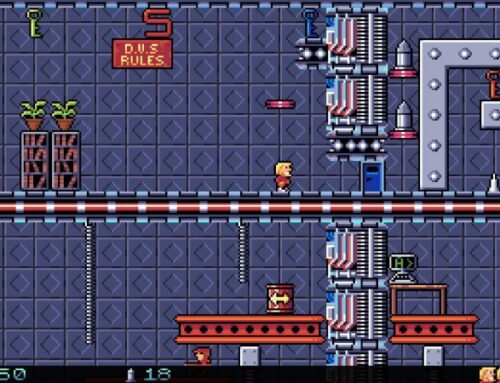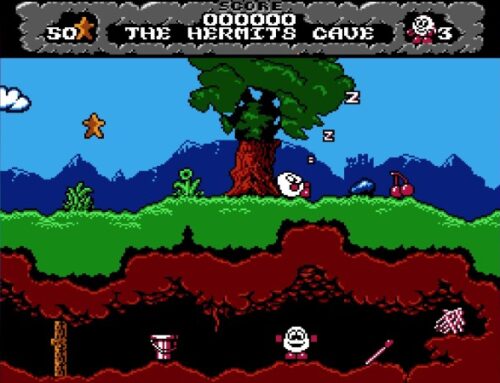If you’re interested in retro gaming, there are a lot of ways to get started now — and a lot of options that are a lot more friendly to your budget than you might assume. One particularly budget-friendly option — it’s free — is Antstream Arcade, a streaming-based service that allows you to play a variety of retro games from home computer, console and arcade platforms.
But is it any good? I put it through its paces to see if it’s a viable option for the retro gaming enthusiast to enjoy their daily dose of old game goodness.
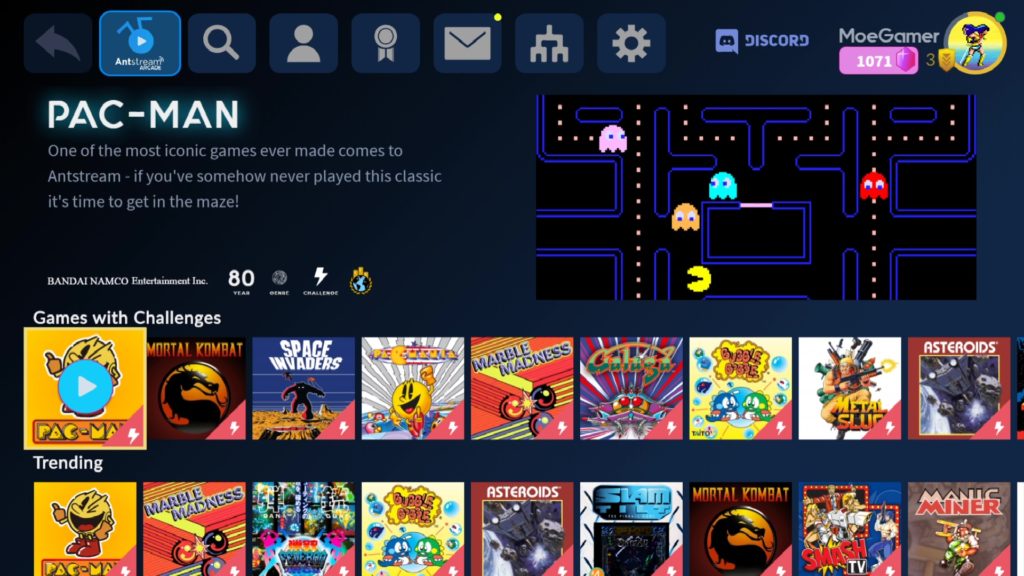
What is Antstream Arcade?
It’s a service that allows you to stream retro games to one of your own devices. That means rather than running the game on your own computer, you’re actually watching a video feed of another computer playing it, but able to take control of it yourself. It’s the same tech that Google Stadia, PlayStation Now, Xbox Cloud Gaming and Nintendo Switch Cloud Versions of games use.
The difference with Antstream Arcade is that it focuses exclusively on retro gaming, including arcade titles from the ’80s and ’90s, console games from the 8- and 16-bit era, and home computer games from the 8- and 16-bit era. The most advanced console covered is the Neo Geo.
On top of that, as well as playing the games as originally intended, there are regular tournaments and challenges that task you with accomplishing specific goals in order to compete against other players on the service. For example, you might be challenged to get as far as possible in Gauntlet II on a single credit, or to build a bridge in Satan’s Hollow as quickly as possible.
Is Antstream Arcade legal?
Yes! This isn’t a dodgy ROM site; Antstream Arcade has apparently licensed all its available games — of which there are now over a thousand at the time of writing — so that you can play all of them without guilt. The site is also endorsed by a number of prominent retro gaming YouTubers and streamers, including Kim Justice and TristaBytes, and sponsored by several brands. Play with confidence!

How does Antstream Arcade work?
You download a piece of software to your PC, Mac, Android device, NVidia Shield, Amazon Fire TV or Atari VCS (the new one, not the 2600!) then create an account and you’re away. That’s it! The basic service is free, but there’s a premium option that removes ads. That said, when using the PC software, I am yet to see a single ad in several days of testing, so the free option will doubtless be fine for most players.
There’s also supposed to be an Xbox One app, but this has been temporarily removed from the Xbox Marketplace; Antstream is currently working with Microsoft to sort things out.
You have a single account across all devices, so your progress can be carried from one device to another. That means not only your achievements, tournament scores and challenge progress, but also things like save states.
Do I need powerful hardware to use Antstream Arcade?
The point of game streaming services is so that people with limited hardware can still play games well. So no, you don’t need an especially powerful device to play with Antstream Arcade. What you do need, however, is a good Internet connection. Since Antstream Arcade is not only streaming real-time HD-quality video to your device but also sending your controller and keyboard inputs right back to the games it’s running remotely, the better your Internet connection is, the better the service will perform.
It’s worth noting that even the fastest Internet connections can still struggle at times; when testing Antstream Arcade on a PC connected via Ethernet to a fast fibre-optic service provider, there were still times when the connection to Antstream Arcade became weak. At these times, you’ll suffer degradation in video and sound quality as well as controller lag. It rarely becomes completely unplayable, but it is noticeable, particularly in certain specific circumstances — more on that when we talk specifics.
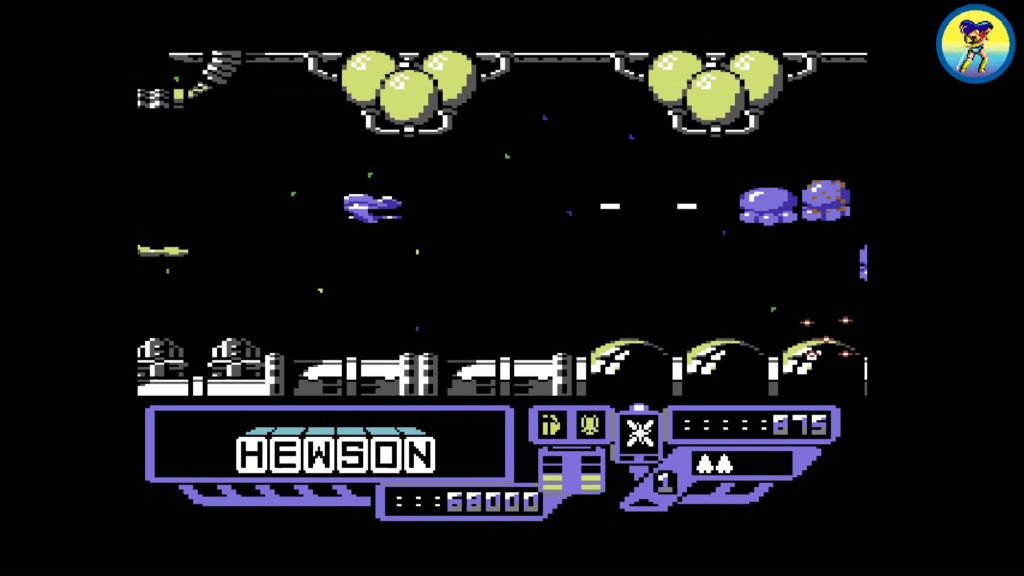
What platforms are covered by Antstream Arcade?
Atari 2600, Atari 8-bit home computers, Commodore 64, ZX Spectrum, Amstrad, Commodore Amiga, Atari Lynx, NES, Sega Mega Drive, Super NES, Neo Geo. Theoretically the service could support anything, but it’s a matter of 1) licensing and 2) the practicalities of performance.
What is the game selection like?
Very broad! There’s a pleasing mix of well-known classics — including licensed games like Super Star Wars, which we don’t often see on services like this — and more obscure fare. There’s a particularly strong lineup of classic home computer games, making the service a good way for those who grew up exclusively with gaming consoles to start exploring the computer games of the ’80s and early ’90s.
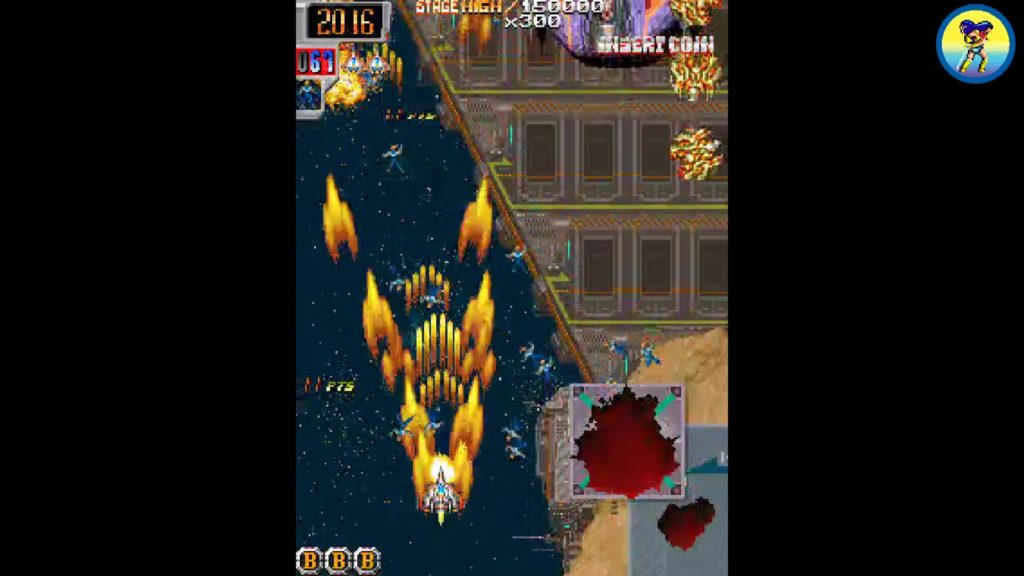
How well does Antstream Arcade run classic arcade games?
Since the range of arcade games that Antstream Arcade covers is so broad, the best answer to this is “it’s variable”.
One thing you can consistently say about any streaming video service — regardless of whether or not it’s interactive like Antstream Arcade is — is that when there’s more going on on screen at once, video quality inevitably suffers. This is a side-effect of the compression routines used.
When on-screen things are not moving, they look super-sharp because the video compression doesn’t need to reduce their quality to keep the video file size down. When the whole screen is updating at once, however, quality suffers because the compression routines often can’t keep up with the motion.
Watch a YouTube video of a modern PC or console game uploaded at 1080p and you’ll notice that it looks significantly less sharp than the video on the actual console; this is why many YouTubers upload at 1440p instead, since this forces YouTube to use a less drastic compression algorithm, maintaining much more of the video quality.
Why is this relevant for Antstream Arcade? Because there’s a bunch of arcade games where the whole screen updates at once — most notably seen in shoot ’em ups and fighting games from the ’90s with full-screen scrolling. This means that these games are particularly prone to degraded video and thus will often look noticeably worse on a modern high-definition display than the original hardware or an emulator would. When played on a smaller screen such as a phone or tablet, the effect will be less noticeable — though you will likely still notice variations in frame rate.
To put all this in practical terms: Antstream Arcade handles old, classic arcade games with relatively “static” screen displays — stuff like Pac-Man — very well indeed; they look indistinguishable from running them on your own system. Conversely, play something like Psikyo’s Gunbird or SNK’s Fatal Fury and you’ll notice a drop in image quality and responsiveness. Again, not unplayable — but certainly noticeable.
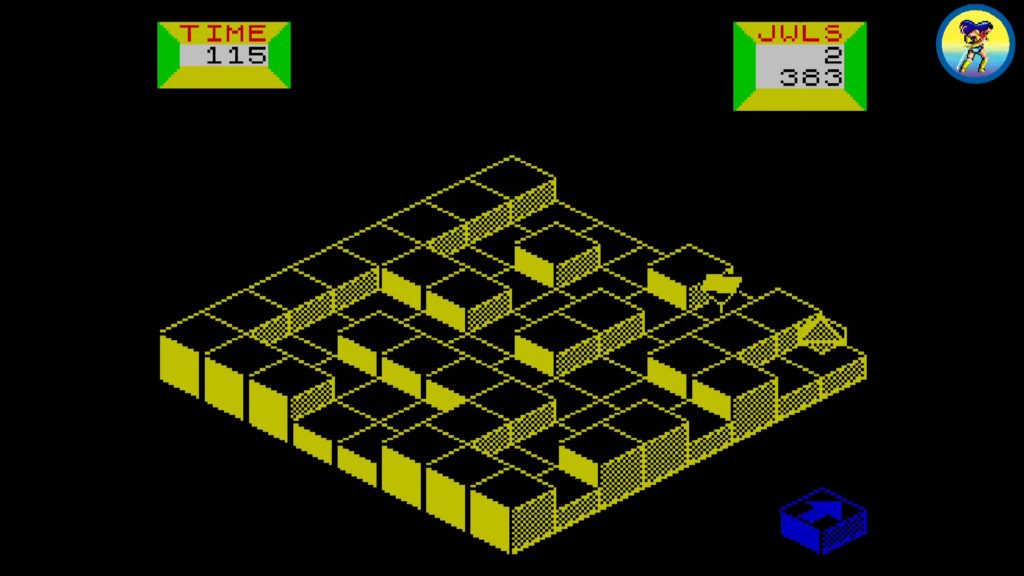
How well does Antstream Arcade run classic home computer games?
Very well, for the most part, since many of the computer games it includes aren’t prone to the issues we described above — graphics tend to be less detailed or have large areas of black on screen, and this is eminently friendly to the video compression algorithm. Games for the ZX Spectrum in particular work extremely well, since these tend to have relatively little happening on screen at any one time, but even games like Boulder Dash for Atari 8-bit, which feature full-screen smooth scrolling, look pretty good with minimal image degradation.
Some of the more visually impressive Amiga titles suffer, though — particularly racing games, which by their very nature have a significant part of the screen updating at once. Racing games seemed particularly prone to not only image degradation, but to the service simply not being able to keep up with the pace of the action — it is not at all uncommon to see game slowdown and sound stuttering in games like Burnin’ Rubber and Combo Racer.
One nice thing about all the home computer games is that even those which traditionally used keyboard controls all have full controller mapping in them. In many cases, this makes them a lot more accessible than they were on their original platform.
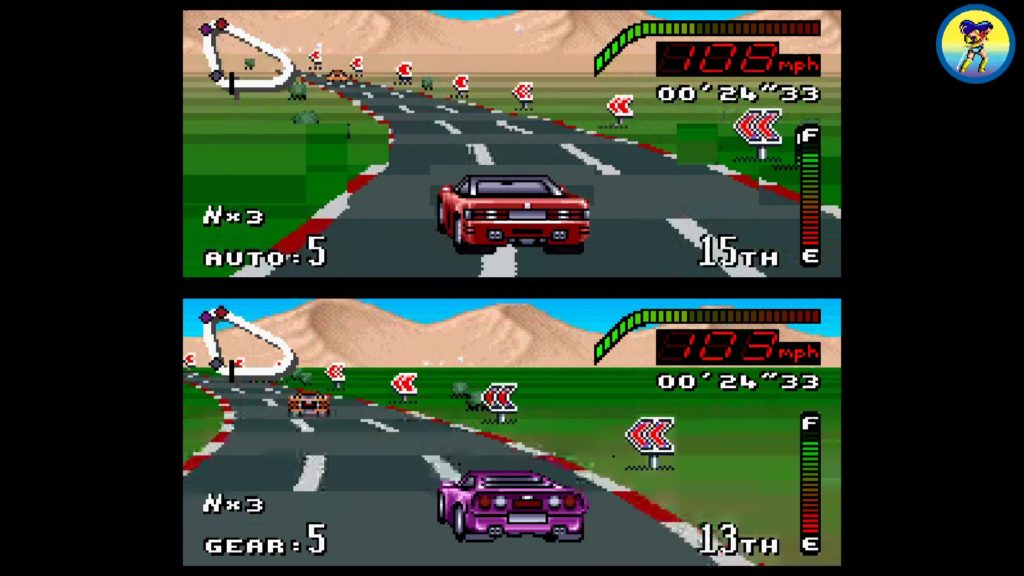
How well does Antstream Arcade run classic console games?
It’s the same deal here; the more “static” the screen, the better the game will run. Games with full-screen scrolling such as platformers and shoot ’em ups can suffer a little from a somewhat juddery frame rate, though the lower resolution that consoles tend to run at when compared to arcade machines means that the impact of video compression is somewhat lessened.
Controls are actually impressively responsive, though; even high-speed racing games like Top Racer on the Super NES and frantic platformers such as the aforementioned Super Star Wars are eminently playable — those particularly sensitive to input lag may well notice a difference from running the games on their own hardware, but for the average user, it’s more than acceptable.
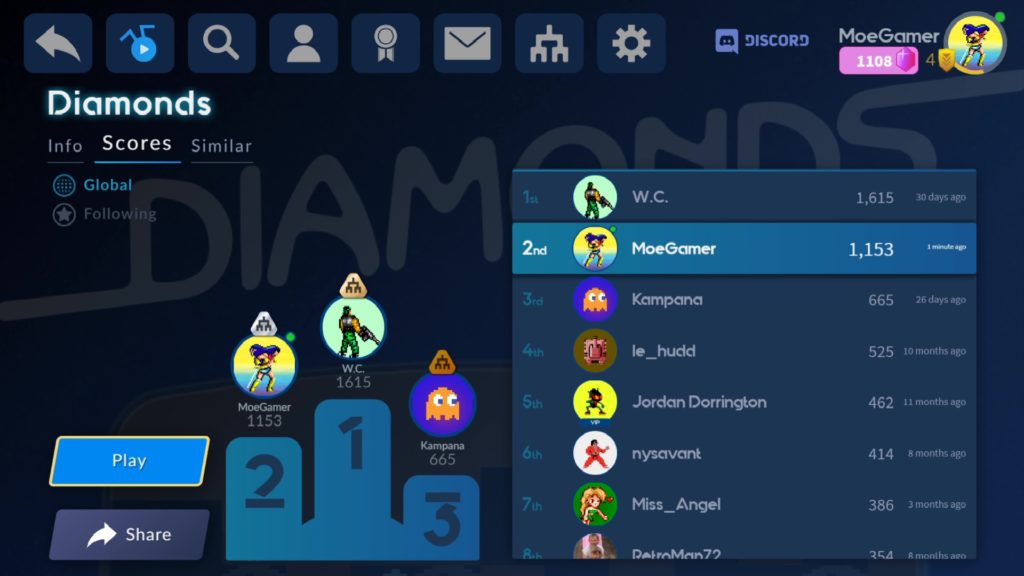
What else does the service offer?
All games include the option to save your state, plus a summary of the instructions. Games with a scoring system feature a leaderboard, even if they’re not hosting a challenge or tournament, and the service as a whole has achievements based on how much you engage with the library as a whole.
There’s a “currency” (thankfully not fuelled by microtransactions at this time) which allows you to compete in tournaments and unlock more difficult challenges; this is earned simply by competing in various events. There’s also an experience level system, which is largely meaningless but people seem to expect one of these in everything these days, so there’s one here too.
Individual users have a profile where you can see what games they’ve played, the number of achievements they have and the challenges they have participated in and won, but there is no facility to message or otherwise interact with them directly. You can participate in a “Duel” on a challenge with another user, however.
The social side of things seems a little underbaked right now; the game’s interface claims that you can find friends from your existing social networks, but at the moment there is no way of connecting those social networks and finding friends. Not only that, but it seems simply looking at someone’s profile makes you “follow” them, and there doesn’t appear to be a way to “unfollow” them; it’s unclear if this is a bug or intended behaviour. Either way, it needs tweaking!
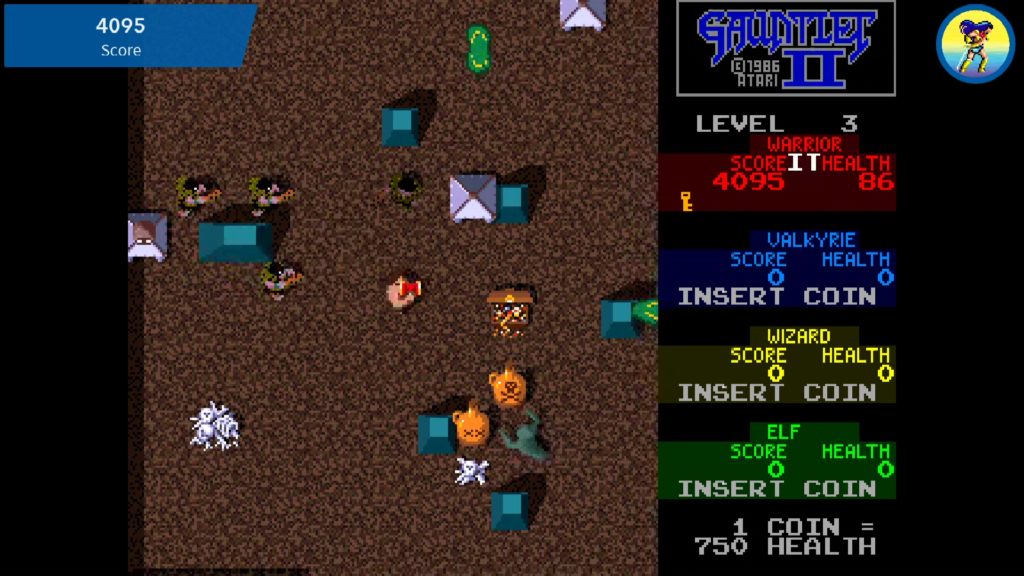
Is it worth it?
Well, it’s free, so “worth” is kind of meaningless in this situation. You can try it, see if it works for you and keep on with it if you like it, ditch it if not.
Even with the flaws described above, it’s a good way of exploring a curated library of classic retro games — and some interesting obscurities, too. As previously noted, it’s a particularly good way of getting to know the home computer gaming landscape of the ’80s and early ’90s for someone who grew up primarily with home gaming consoles — or simply to see how some different platforms handled the same game.
It’s also nice to see some oft-underappreciated platforms such as the Atari 8-bit home computers get some love. Today’s retro gaming landscape tends to focus on the super-popular platforms — particularly the ZX Spectrum — while other computers often had their own distinct, unique library.
The inherent problem with a service that drops you into a huge library of available material to explore is “analysis paralysis” — you’re given so much choice that you’re not able to make a choice. Antstream Arcade is a little prone to this — it could do with some more robust search and browse features, plus perhaps the ability to maintain playlists — but its methods of “featuring” games through tournaments and challenges works well and encourages the community to explore a smaller selection of the complete library at any given moment.
For more casual retro gaming fans, Antstream Arcade is a good way to get started with the hobby. For more serious retro enthusiasts, you’ll likely still want to stick with hardware-based solutions — though the challenges and tournaments do offer a fun sense of competition you simply don’t get when playing alone.
In the long term, it’d be nice to see the video quality and performance improve somewhat, though this is a problem that every game streaming service has right now. It’d also be good to see a wider selection of platforms — PC Engine/Turbografx-16 would be particularly welcome — as well as a few enhancements to the service’s overall quality of life features.
But on the whole, Antstream Arcade is worth at the very least a little tinker with. It may not become your primary means of playing retro games — but it is a fun, flexible way to quickly get a game up and running with minimal fuss, wherever you are!

